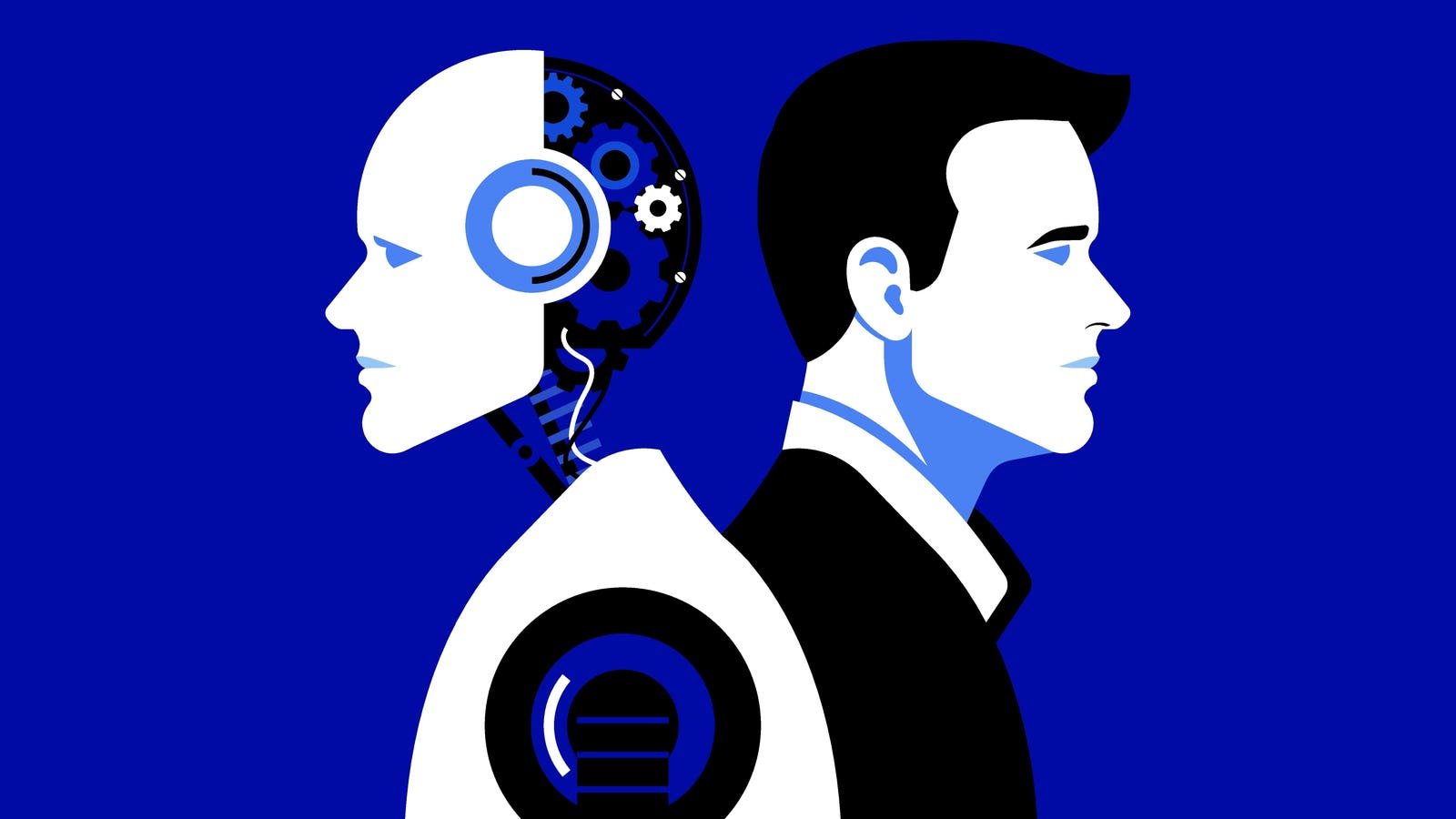The Rise Of AI Resentment At Work: Why Employees Are Pushing Back
AI has been billed as the ultimate productivity booster, promising to eliminate tedious tasks, enhance decision-making, and even create new opportunities for workers. Yet, in many workplaces, AI is not being met with excitement—it’s being met with resistance. Employees are frustrated, skeptical, and in some cases, outright resentful of the growing role of automation in their jobs. Where is this pushback coming from? And what can companies do to address it?
The Disconnect Between AI’s Promise and Reality
The Disconnect Between AI’s Promise And Reality
AI has been positioned as a tool to make work easier, but many employees aren’t experiencing the benefits firsthand. A 2023 Pew Research study found that while nearly two-thirds of Americans expect AI to have a major impact on the workforce, only 13% believe it will personally help them. Instead, they fear job loss, increased surveillance, and a lack of control over their own work.
Some of this resentment stems from the fact that automation often prioritizes efficiency over employee well-being. When AI is implemented in a way that replaces rather than enhances human work, it can lead to job insecurity, increased pressure to adapt, and a sense of being devalued.
The resentment isn’t just coming from frontline workers—managers are feeling it too. AI-driven performance tracking, automated hiring tools, and decision-making algorithms can leave leaders feeling like they have less control over their own teams. Instead of empowering managers, AI can sometimes sideline their expertise, making them feel like their judgment is being replaced by machine-driven metrics.
When AI Feels Like a Burden, Not a Benefit
When AI Feels Like a Burden, Not A Benefit
Despite the promise of making work easier, many AI tools add complexity rather than reducing it. Employees are often handed AI-driven tools without proper training or clear explanations of how these systems benefit them. Instead of streamlining work, AI can create additional cognitive load, requiring workers to constantly adjust to new systems that may not fully understand the nuances of their roles.
For example, customer service representatives often find themselves at odds with AI chatbots that handle initial inquiries. When an AI-powered bot fails to solve a customer’s problem, it creates more work for the human agent who has to step in and fix the situation. This doesn’t feel like efficiency—it feels like extra frustration.
Similarly, employees who have spent years developing expertise in their fields may feel undermined when AI is introduced without their input. If workers aren’t involved in AI implementation, they often see it as something being done to them rather than for them.
The Psychological Toll Of AI Resentment
The Psychological Toll Of AI Resentment
AI resentment is about identity and purpose. People want to feel valued for their skills, experience, and decision-making abilities. When AI is framed as the “smarter” or “more efficient” alternative, employees may feel their contributions are being minimized.
Psychologists have long studied the impact of job insecurity and loss of autonomy on employee motivation. Research from Harvard Business School professor Teresa Amabile has shown that people are most engaged at work when they feel a sense of progress and purpose. If AI adoption leaves employees feeling stagnant or sidelined, engagement and morale plummet.
Beyond engagement, AI resentment can also lead to passive resistance. Employees might slow their adoption of AI tools, refuse to engage with them fully, or work around them instead of with them. This can lead to inefficiencies that counteract any intended benefits of automation.
How Companies Can Reduce AI Pushback
How Companies Can Reduce AI Pushback
If AI is here to stay—and it is—companies need to find ways to introduce it in a way that builds trust rather than resentment. This starts with transparency. Employees should understand why AI is being implemented, how it will impact their roles, and what safeguards are in place to ensure fairness and accuracy.
Curiosity plays a critical role in overcoming resistance to change. When employees are encouraged to ask questions, experiment with AI, and contribute feedback, they’re more likely to see it as a tool for growth rather than a threat. Organizations that involve employees in AI adoption—rather than simply imposing it—see higher rates of acceptance and innovation.
Companies also need to rethink their messaging. Instead of framing AI as a replacement for human work, leaders should emphasize its role in eliminating drudgery, enabling creativity, and allowing employees to focus on more meaningful tasks. AI should be positioned as an assistant rather than an overseer.
Investing in training and upskilling is another crucial step. Employees who feel equipped to work alongside AI—rather than being left behind by it—will be more open to its adoption. When AI is introduced alongside career development opportunities, employees are more likely to see it as an enabler of their future, not a threat to it.
The Future of AI and Employee Trust
The Future Of AI And Employee Trust
AI resentment isn’t inevitable, but it is understandable. People don’t resist change because they fear technology itself—they resist it when they feel excluded, undervalued, or uncertain about the future. Organizations that fail to address these concerns will face higher turnover, lower engagement, and missed opportunities for innovation. The companies that succeed in AI adoption will be the ones that recognize a simple truth: When employees feel like they’re part of the transformation, rather than casualties of it, they become more open to the possibilities that AI can bring. The future of AI in the workplace revolves around how we choose to integrate them into the human experience of work.










